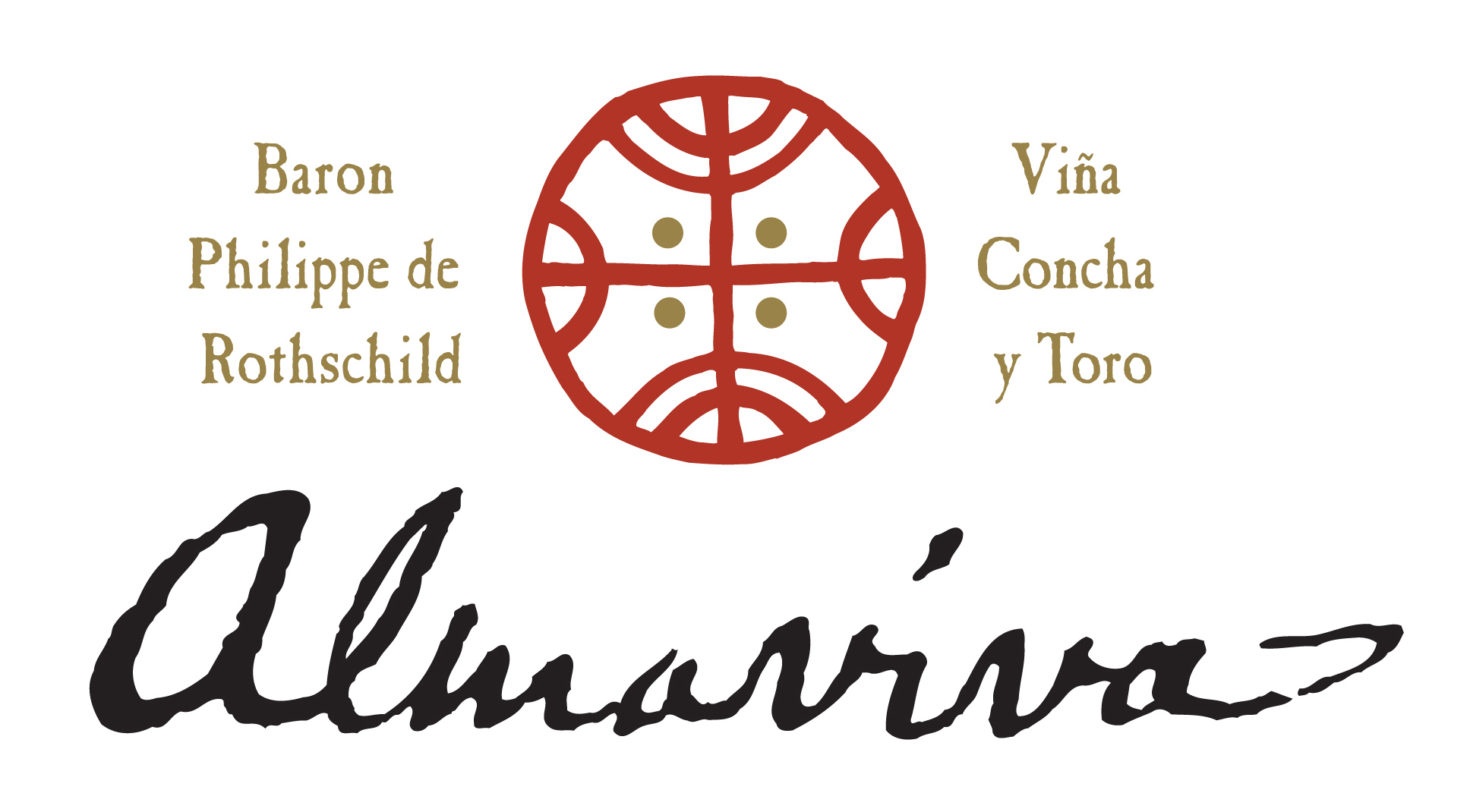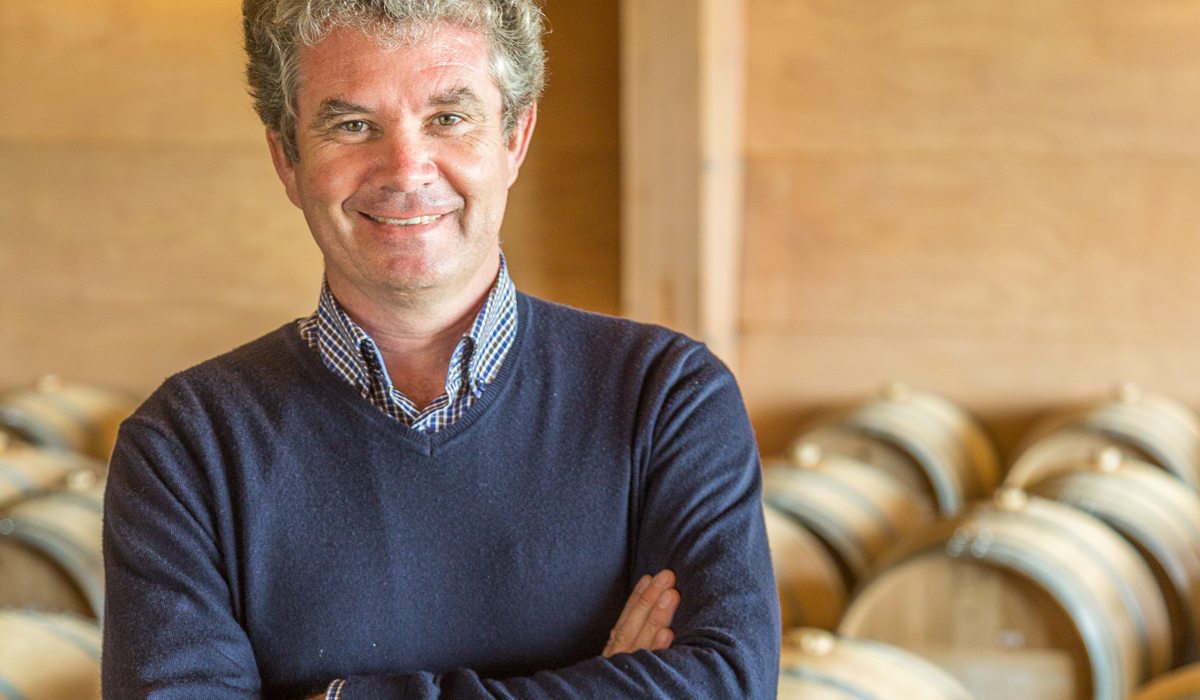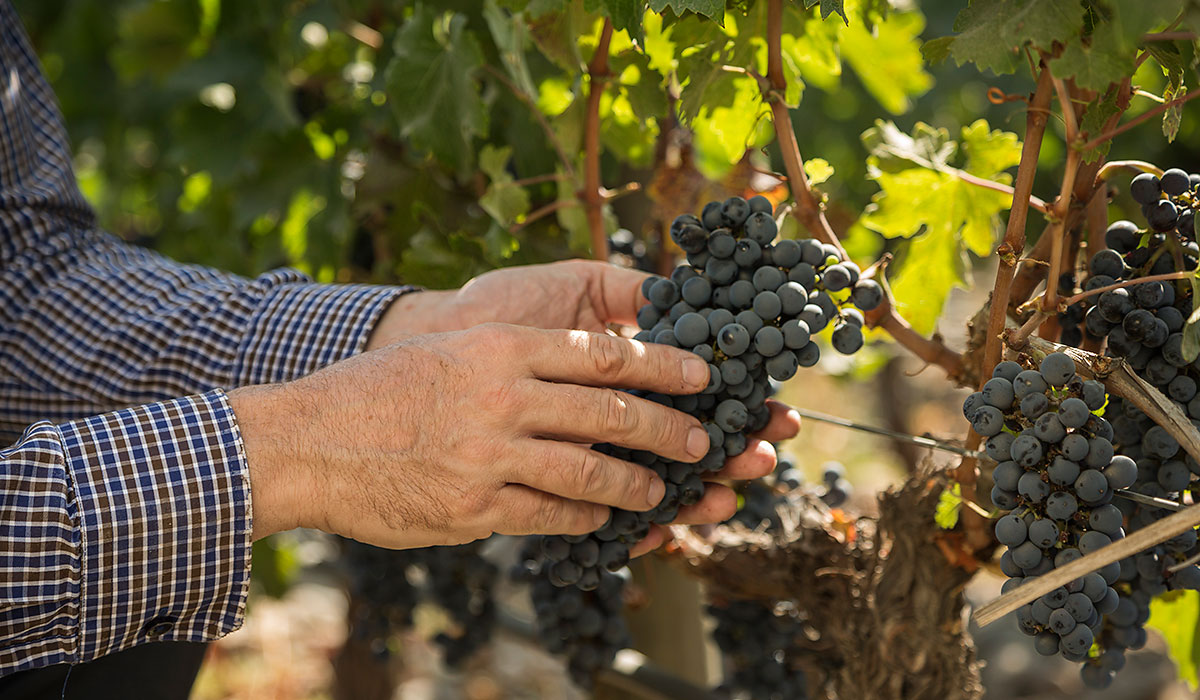THE WINERY
Located in Puente Alto, this bodega was designed by the famous Chilean architect Martín Hurtado. Built in 1998, and inaugurated in the year 2000, Almaviva winery is recognized as a perfect integration of both esthetic design and functionality.
For its construction, native woods were brought from the south of Chile, interlacing the warmth of indigenous materials with contemporary, modern austerity. The undulating curves of the roof simulate the shape of the Andes Mountains, harmonizing with the surrounding natural landscape. The decoration of its interior is inspired by symbols and artifacts representative of the native people of Chile.
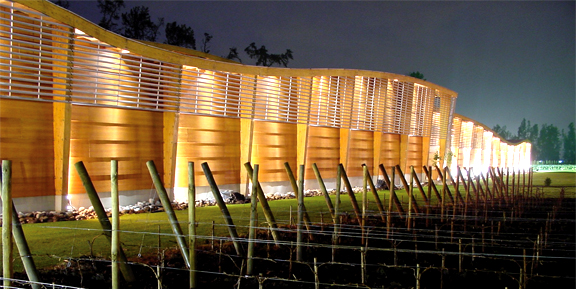

HARVEST
During harvest, shallow recipient bins are used to ensure careful handling of the grapes. The bunches are then lifted to the Mezzanine or second level where they are hand-sorted.
Once de-stemmed and lightly squeezed to release their juice, only gravity is used to move the grapes from the reception area to the vinification tanks located at the first level below.
VINIFICATION
Composed of two rooms with stainless steel tanks adapted to the size of each vineyard parcel, the vinification room is where the maceration and alcoholic fermentation take place.
The must is first cooled and the juice is left in contact with the skins in order to extract their rich color and aromas, then warmed before the alcoholic fermentation and final maceration take place. The Malolactic Fermentation occurs spontaneously, immediately before or just after the wine is drained off by gravity into new French oak barrels.
The skins and seeds are pushed into basket presses and lightly pressed to extract the press wine, which is added in small proportions to the final blend.
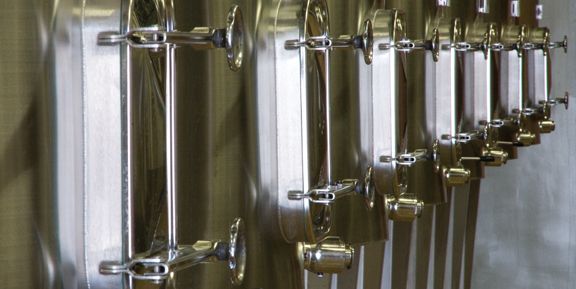
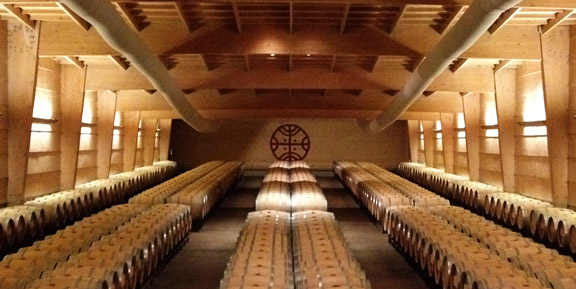
Grand Chai
The Grand Chai’s impressive architectural design creates a forced perspective and a sense of depth as the view extends out to the vineyards, the birthplace of the wines aged here.
After the maceration in tanks, the wine is drained off into new French oak barrels. A glass bung is used as a stopper and allows the barrels to be easily topped.
The barrels are kept in the Grand Chai approximately 10 months before being transferred to the Second Year Chai.
After about 6 to 8 more months of aging, the wine is fined with egg white before being drained into stainless steel tanks and bottled.
BOTTLING ROOM
The bottles undergo a strictly controlled rinse before being filled and sealed with natural corks of first selection.
The bottled wine is left to settle before being shipped to the Negociants of Bordeaux, from where it will be distributed throughout the world.
Just prior to dispatching the wine, the bottles are labeled and capped.


